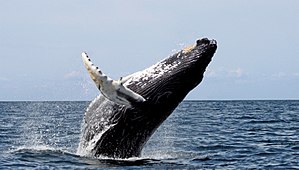In honor of International Polar Bear Day, I was wondering how a polar bear – if interviewed by the esteemed James Lipton and could speak – would answer to the following questions on an episode of “Inside the Arctic Circle”. Please feel free to disagree and add in your comments.
- What is your favorite word? Seal
- What is your least favorite word? Endangered
- What turns you on? Conservation efforts, small or large.
- What turns you off? Thinking others will take care of shared problems.
- What sound or noise do you love? Besides my young cubs learning to hunt, it would be a room full of scientists and policy makers agreeing to do something about climate change.
- What sound or noise do you hate? I’d like to quote Simon and Garfunkel and say the ‘sound of silence’. People doing nothing and ignoring the fact that my population has reduced more than 30% in three generations due to climate change is disheartening.
- What is your favorite curse word? Coke. That company used an unflattering picture of my sister on their packages, and, frankly, the word has become synonymous with unhappiness here in the Arctic. I think they can do a lot more.
- What profession other than your own would you like to attempt? A writer.
- What profession would you not like to do? Mining, I don’t want to look like all those other bears.
- If heaven exists, what would you like to hear God say when you arrive at the pearly gates? Thanks for trying your best. That’s all that was needed. Balance will prevail.


 Dugongs, a relative of
Dugongs, a relative of 










What people are saying …